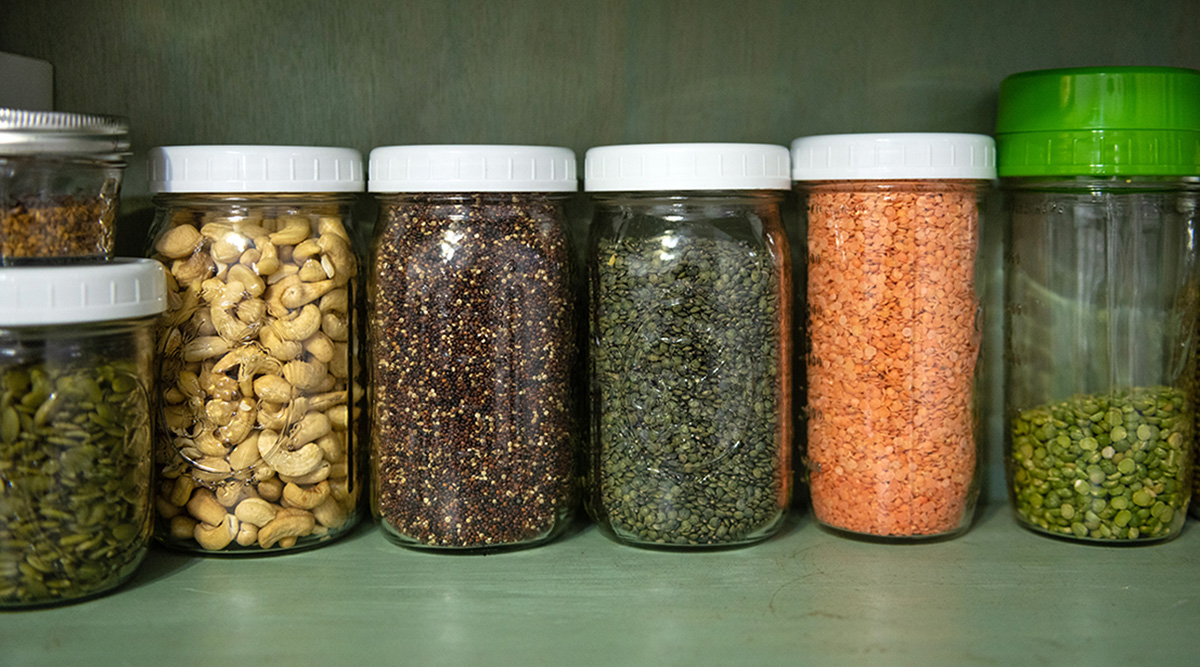
Healthy Shelf Stable Foods Provide Pandemic Peace of Mind
Recent news of meat processing and packaging plant closures coupled with empty shelves at grocery stores has sparked concern among consumers about food availability, prompting many to fill their pantry with shelf-stable alternatives.

Two months after COVID-19 began spreading around the world, many grocery store shelves remain empty, in part because the demand for food at grocery stores significantly increased at the pandemic’s onset. In addition, the temporary closure of meat processing and packaging plants throughout the U.S has led multiple grocery chains to implement purchase limits on beef, pork, and chicken purchases. Both of these scenarios have prompted concern among consumers, who are experiencing perceived food shortages today and bracing for more in the months to come.
According to the U.S. Food and Drug Administration, there is plenty of food, but imbalances in the food supply chain has created a situation where the food we have is not in the right places. Adding a variety of healthy, shelf-stable foods to your grocery list is key to ensuring you have plenty of food on hand that will last, especially if your favorite fresh foods happen to be out of stock on your next trip to the store.
Shelf-stable foods are non-perishable products that can safely be stored at room temperature. Keeping the 2015-2020 Dietary Guidelines for Americans in mind when selecting shelf-stable foods is important to ensure your choices don’t have excessive amounts of unwanted ingredients such as sodium, sugar, and saturated fats.
| Examples of Healthy Shelf-Stable Foods | |
| Meat, Fish and Protein |
|
| Grains |
|
| Fruits |
|
| Vegetables |
|
| Pantry Staples |
|
Helping Consumers Make Smart Choices
The Nutrition Facts label on packaged foods is an excellent resource to help identify the amount of calories, saturated fats, dietary fiber, sodium, added sugar, and other nutrients in each serving of food. For more information on how to use the Nutrition Facts label, check out our toolkit.
References
Alabama Cooperative Extension System. “Coronavirus: Healthy Shelf-Stable Foods.” 6 March 2020.
https://www.aces.edu/blog/topics/home-family/coronavirus-healthy-shelf-stable-foods
U.S. Department of Agriculture (USDA) Food Safety and Inspection Service. “Shelf-Stable Food Safety.” 24 March 2015.
https://www.fsis.usda.gov/wps/portal/fsis/topics/food-safety-education/get-answers/food-safety-fact-sheets/safe-food-handling/shelf-stable-food-safety
U.S. Department of Health and Human Services and U.S. Department of Agriculture. “2015 – 2020 Dietary Guidelines for Americans. 8th Edition.” December 2015.
https://health.gov/our-work/food-nutrition/2015-2020-dietary-guidelines/guidelines/
U.S. Food and Drug Administration. “FDA’s Perspective on Food Safety and Availability During and Beyond COVID-19.” 16 April 2020.
https://www.fda.gov/food/conversations-experts-food-topics/fdas-perspective-food-safety-and-availability-during-and-beyond-covid-19
